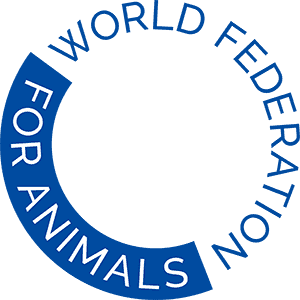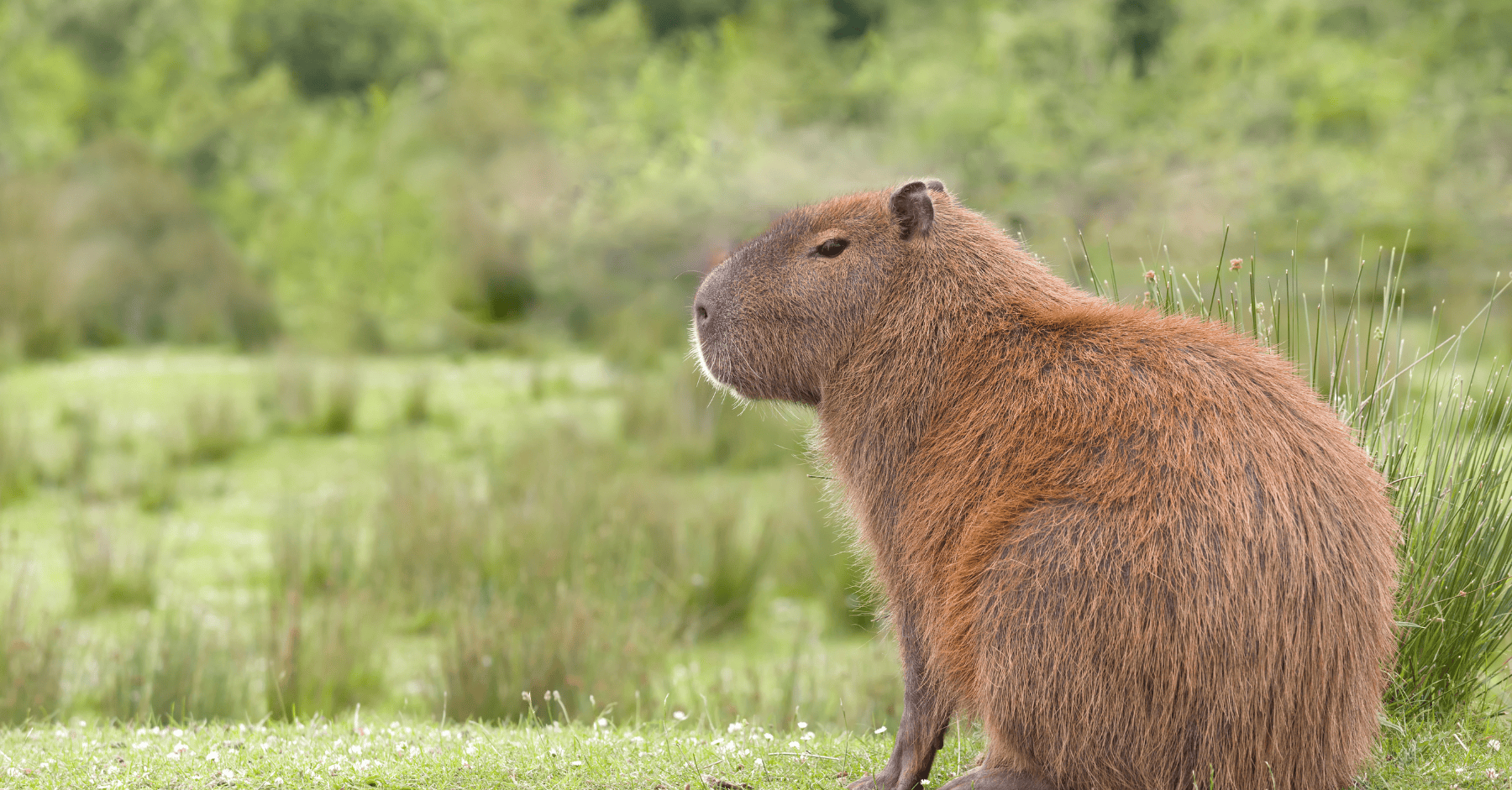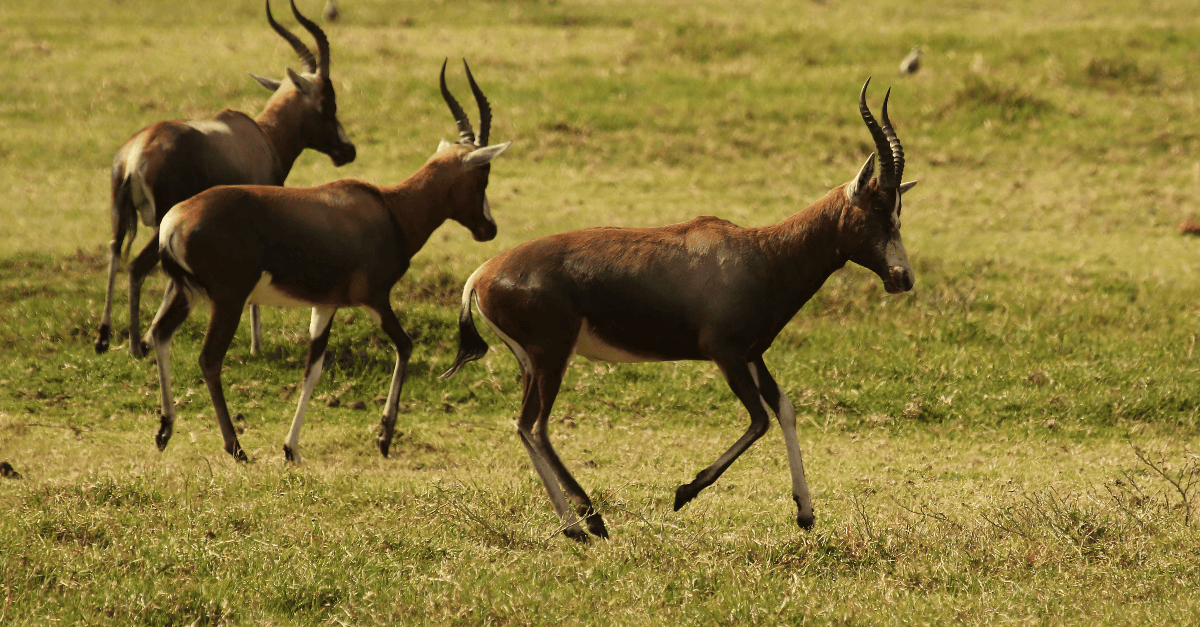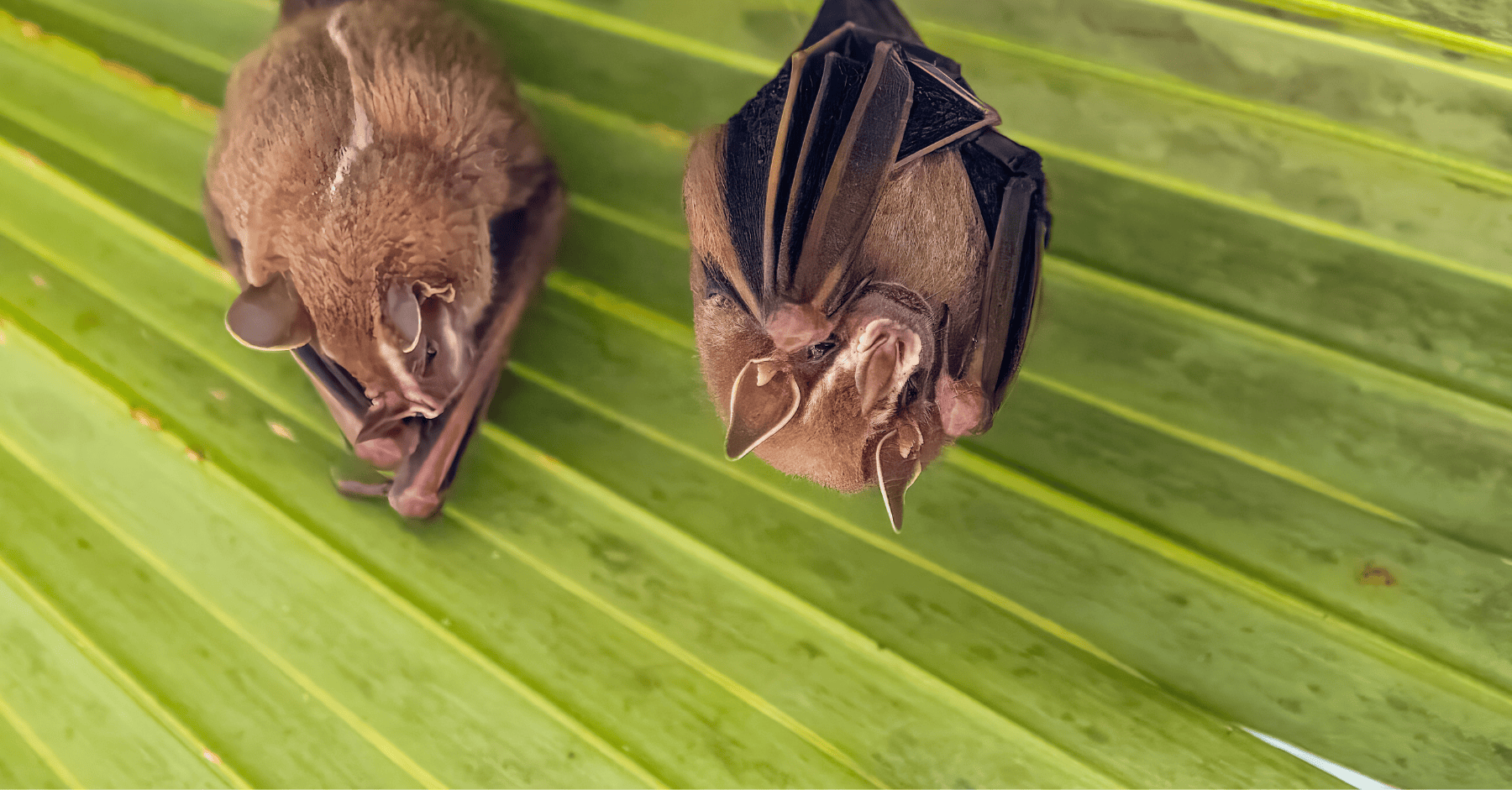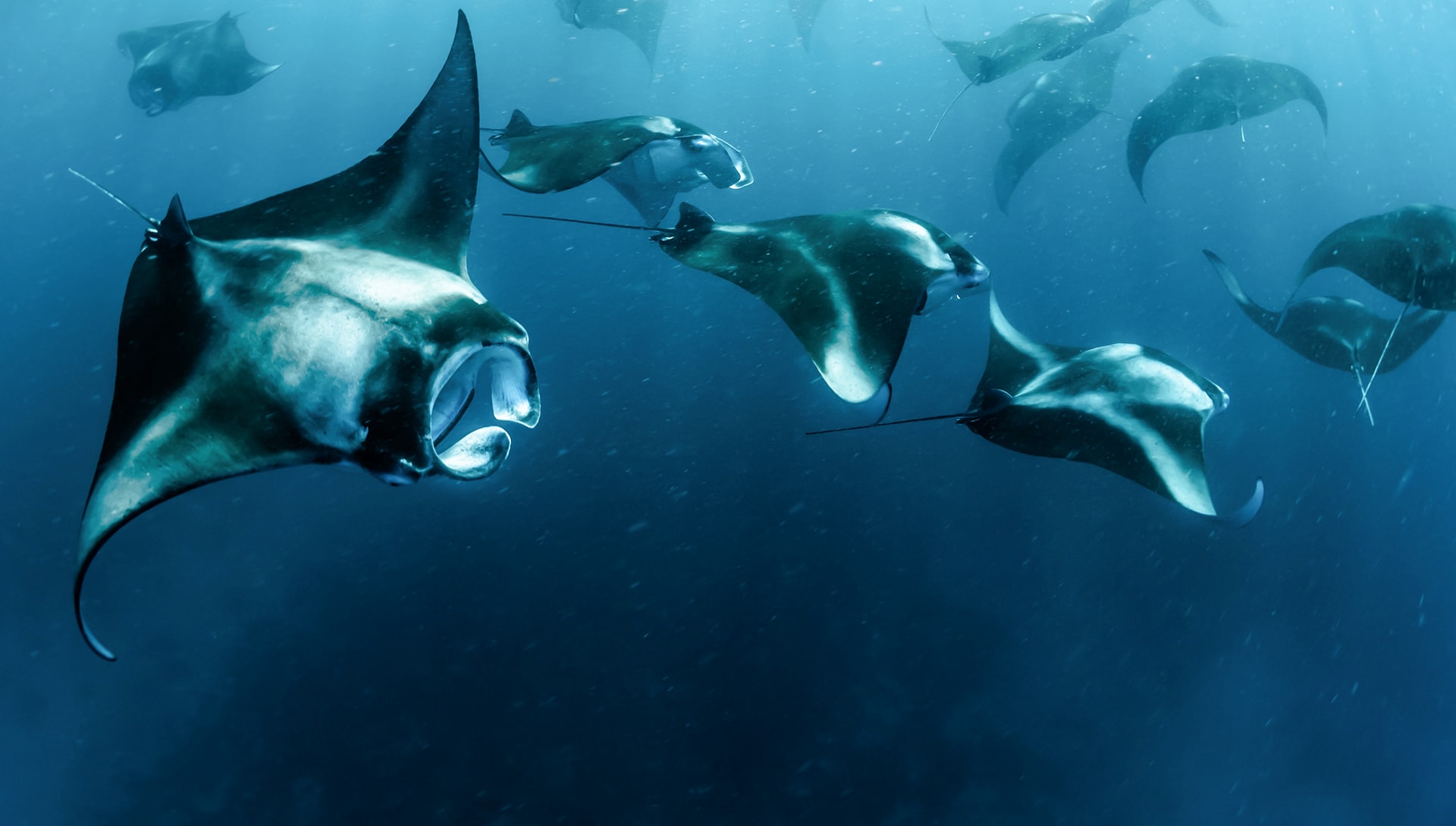Human-caused climate change is leading to unprecedented global crises that threaten sustainable development, impacting poverty reduction, food security, access to clean water, sanitation, and exacerbating health risks. As ecosystems become disrupted by climate change, human well-being and the sustainability of economies are also affected. Bold and ambitious action is needed to reduce GHG emissions, build resilience, and ensure a more equitable, sustainable, and prosperous world.
The industrial exploitation of animals contributes significantly to climate change. Animals, like humans, produce GHG emissions. However, animals’ natural behaviours in their environments also play a direct and vital role in maintaining nature’s ability to sequester carbon. As the impacts of climate change become more apparent, it is becoming increasingly clear that the protection of animals and their welfare plays a fundamental role in keeping global warming below 1.5° degrees Celsius and helping communities to adapt.
High-welfare animal agriculture & plant-rich diets, and climate change
Using a Tier 2 methodology (IPCC, 2006) and life cycle assessment approach, FAO estimates that animal agriculture contributes 14.5% of total anthropogenic emissions. In 2019, the Intergovernmental Science-Policy Platform on Biodiversity and Ecosystem Services (IPBES) estimated an even higher contribution of the sector, finding that “approximately 25% of the globe’s GHG emissions come from land clearing, crop production and fertilization, with animal-based food contributing about 75% of that.”.
A closer examination of livestock-related contributions to climate change shows that the production and processing of feed for industrial systems of animal agriculture, primarily due to land-use change, accounts for almost half of the sector’s GHG emissions, according to FAO. Manure storing and processing associated with industrial production adds around ten per cent, with an additional six per cent coming from the processing and transportation of animal products.
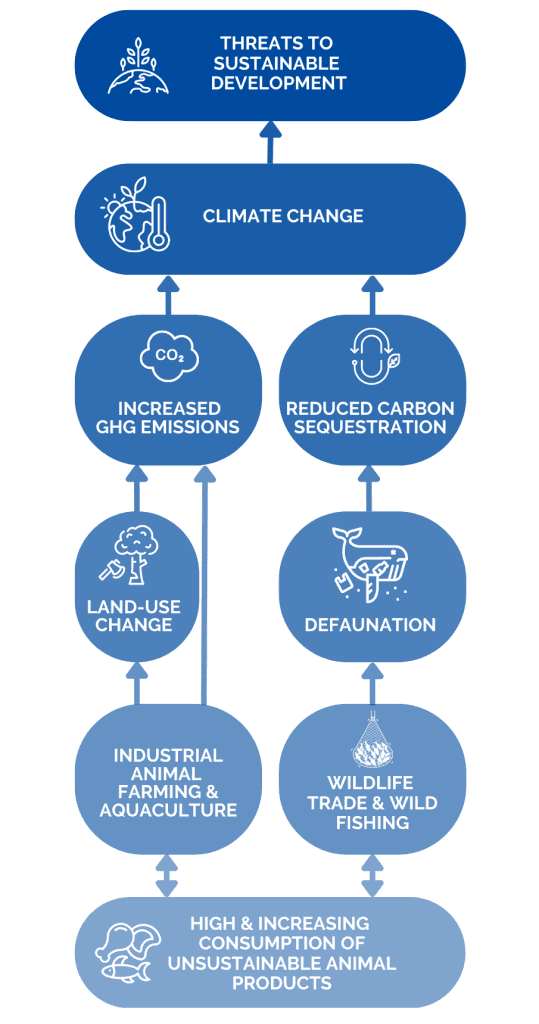
Similarly, industrial capture fisheries contribute to climate change through emissions from fishing vessels, direct disturbance to ocean sediments, and loss of carbon sequestration capacity due to the removal of aquatic animals. Bottom trawling, a significant contributor to overfishing, is a particularly harmful method that releases significant amounts of carbon that would otherwise be stored in the seabed. It also causes ocean acidification and reduces the ocean’s ability to store CO2. At the ecosystem level, it can displace entire benthic communities through habitat destruction Aquaculture is another contributor to climate change, with an average emission intensity comparable to the production of terrestrial monogastric species.
Conversely, higher welfare and lower input systems can be a part of the solution. Silvopasture and agroecological solutions and grass-based and mixedfarm systems have greater capacities for carbon sequestration. For example, on degraded land, such carefully managed systems could offset a share of the emissions from livestock. Local breeds are more adaptable to local climate conditions and often have lower emissions per unit of production.
This shift should happen in tandem with a move towards more plant-rich food systems, which are instrumental to meeting the climate goals as “impacts of the lowest-impact animal products typically exceed those of vegetable substitutes”, according to research published in Science.
The Intergovernmental Panel on Climate Change (IPCC) states that “diets high in plant protein and low in meat and dairy are associated with lower GHG emissions.” This is consistent with UN long-standing guidance, including from WHO and FAO. The EAT-Lancet Commission also recognises that “food is the single strongest lever to optimize human health and environmental sustainability on Earth”. It adds that diets “rich in plant-based foods and with fewer animal source foods… are ‘win-win’ in that they are good for both people and planet.”
A 2020 study concluded that even if all fossil fuel emissions were ceased immediately, the current state of global food systems would make it impossible to meet the 1.5°C target and challenging to meet the 2°C target. However, by adopting plant-rich diets and moderating the consumption of animal products, food system emissions could be decreased by 47% compared to the status quo.
The role of enhancing animal welfare in food systems and reducing the reliance on industrial animal agriculture has also been acknowledged by IPBES, “Feeding the world in a sustainable manner, especially in the context of climate change and population growth, entails food systems that ensure adaptive capacity, minimize environmental impacts, eliminate hunger, and contribute to human health and animal welfare”. “Reducing intensively farmed meat consumption is good for people and the planet” says UNEP.
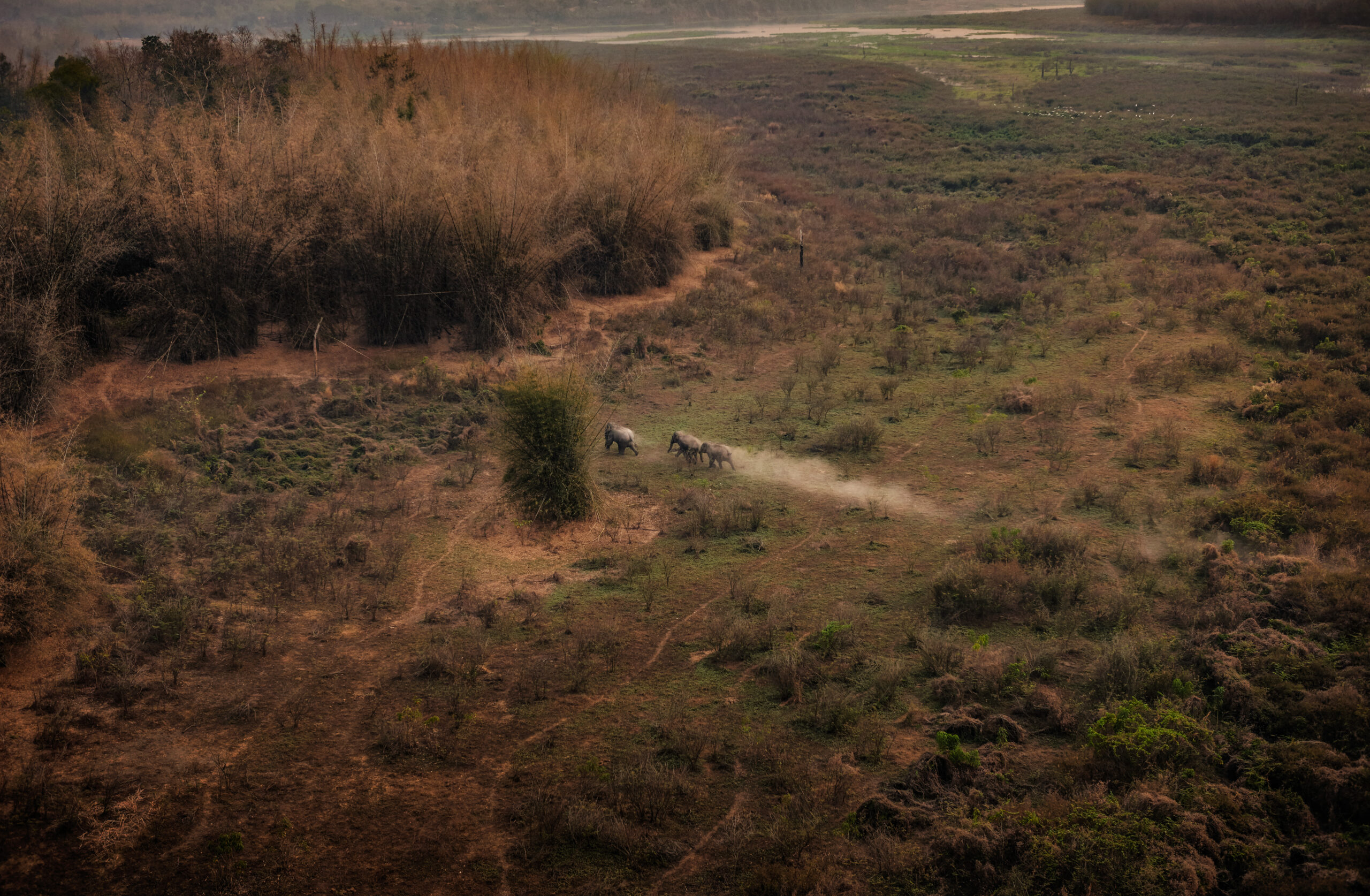
Credit: Adam Oswell / We Animals Media
The critical role of animal welfare in carbon sequestration
According to UNEP and other experts, defaunation, involving the reduction of terrestrial and marine vertebrate animals due to hunting, fishing, trade and habitat loss, significantly erodes the ability of forests and oceans to capture and store carbon. These two crucial carbon sinks heavily rely on the welfare of animals, specifically their health and natural behaviour, to sustain their carbon sequestration capacity. The combined carbon sequestration of the ocean and terrestrial ecosystems amounts to 5.6 gigatons annually, which is equivalent to 60 per cent of all human-made emissions. Large tropical trees, for instance, require large vertebrate animals for seed dispersal and regeneration, and a reduction in animal populations and their free movement can hamper forest regeneration. Marine animals play a crucial role in carbon sequestration in the ocean, with UNEP introducing the term “fish carbon” to recognize their potential in mitigating climate change and preserving biodiversity. From whales providing necessary nutrients to phytoplankton, which absorb carbon, to fish and other marine animals depositing stored carbon in faecal pellets on the ocean floor, animals play a significant role in maintaining the ocean’s capacity as a carbon sink.
Animal protection as a priority for effective adaptation
Building resilience among the most vulnerable populations is crucial as natural disasters become increasingly frequent and intense. Smallholder livestock keepers, fisherfolk and pastoralists are often the hardest hit by climate-induced disasters, and they rely heavily on their animals for survival. Therefore, protecting animals is a priority to safeguard these people’s livelihoods.
This is in line with the Sendai Framework for Disaster Risk Reduction, which calls for protecting productive assets to reduce the impact of disasters, defining livestock and working animals as important productive assets of the poor and those most vulnerable to disasters.
In its contribution to the UN Framework Convention on Climate Change (UNFCCC) Koronivia Joint Work on Agriculture, FAO noted that “livestock is vulnerable to direct and indirect climate change impacts, such as drought, floods, thermal stress, water unavailability, poorquality forage, and pests and diseases. Therefore, adaptation strategies must comprise context-specific adaptation options, while prioritizing measures that strengthen the role of livestock management systems as providers of ecosystem services. This can contribute to sustainable development and poverty reduction, as well as integrating work under the three Rio Conventions with that towards achieving the SDGs”. Adaptation strategies are also needed for coastal communities involved in fishing and aquaculture, given the increasing adverse climate change impacts.
Lastly, besides its climate change mitigation potential discussed above, reducing meat consumption is an essential adaptation strategy as it reduces the strain on land and water resources and ultimately mitigates vulnerability to climate change and resource scarcity, according to the IPCC.
Policy takeaways
As UNEP notes, a combination of measures targeting the demand side, protection of ecosystems, and farm-level improvements is needed.
- Animal welfare’s role in mitigating and adapting to climate change is evident. Positive animal welfare interventions in production systems can reduce GHG emissions and help mitigate disaster risk. In addition, policies and practices that protect animals enable them to make their crucial contribution to Earth’s carbon capture. This applies to both wild and domesticated, terrestrial and marine animals.
- The adoption of plant-rich diets can mitigate food systems’ emissions, while lessening animal suffering and positively impacting human and animal health and well-being. Promoting these as part of the global effort to address today’s most acute environmental challenge is essential.
